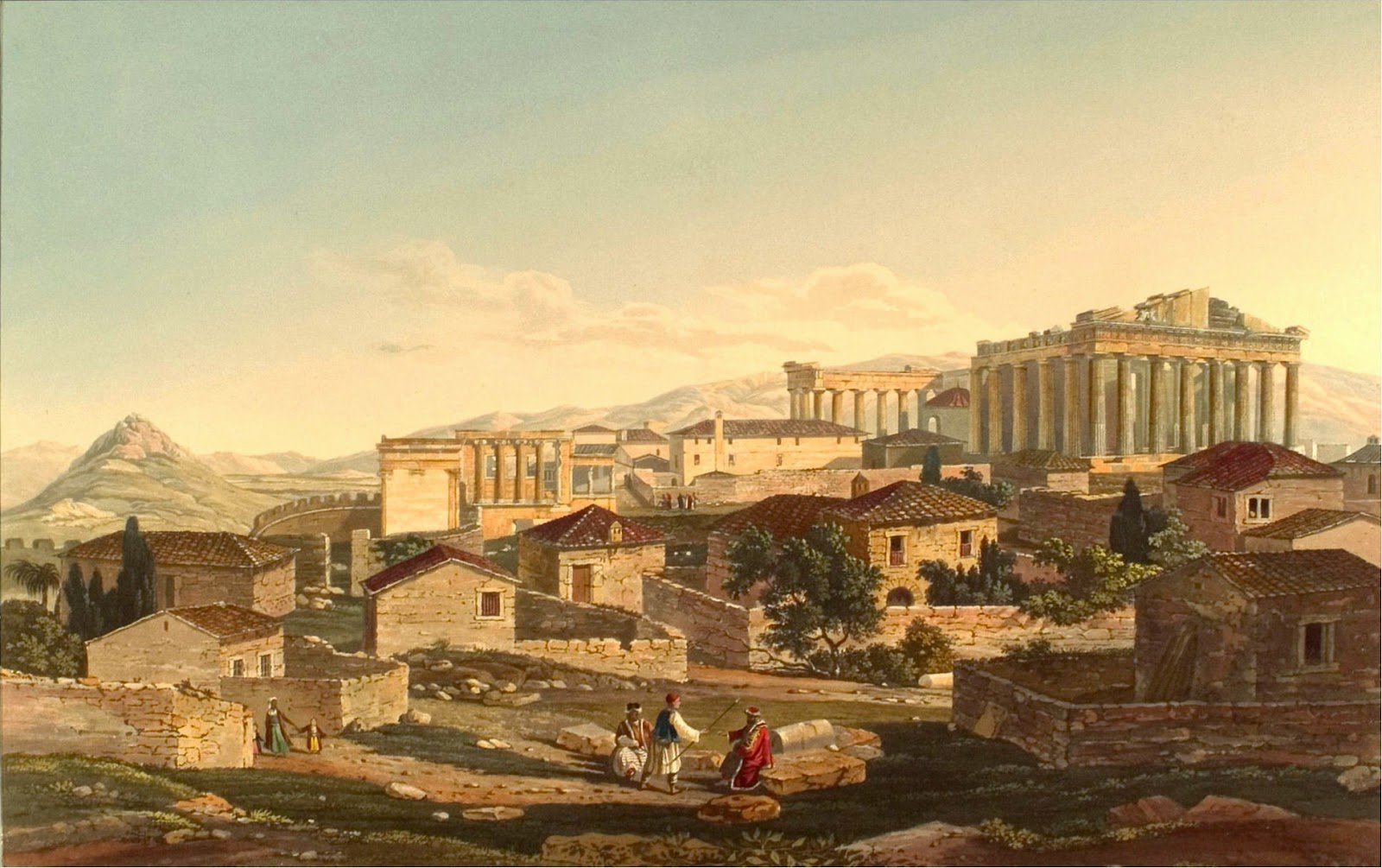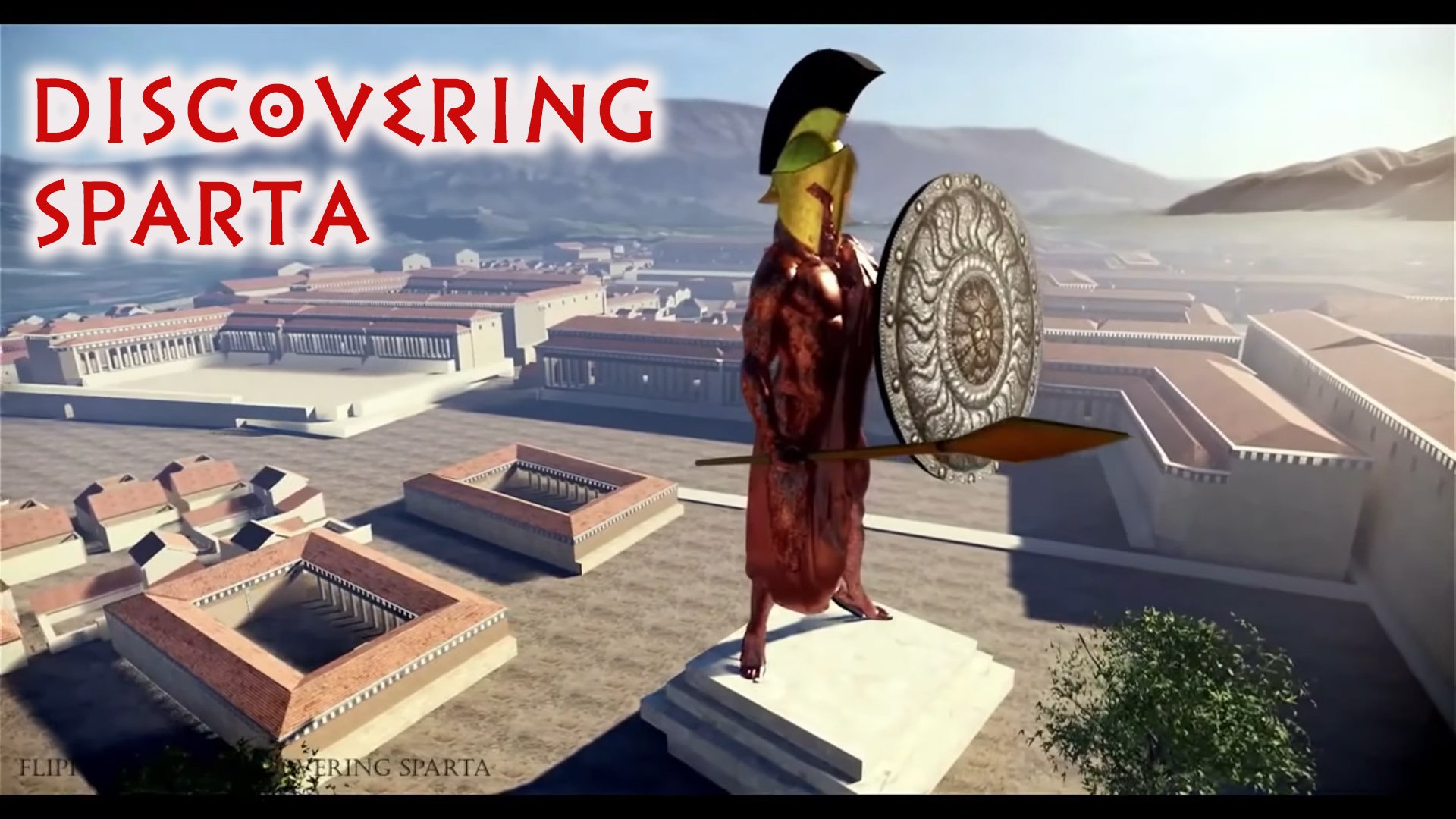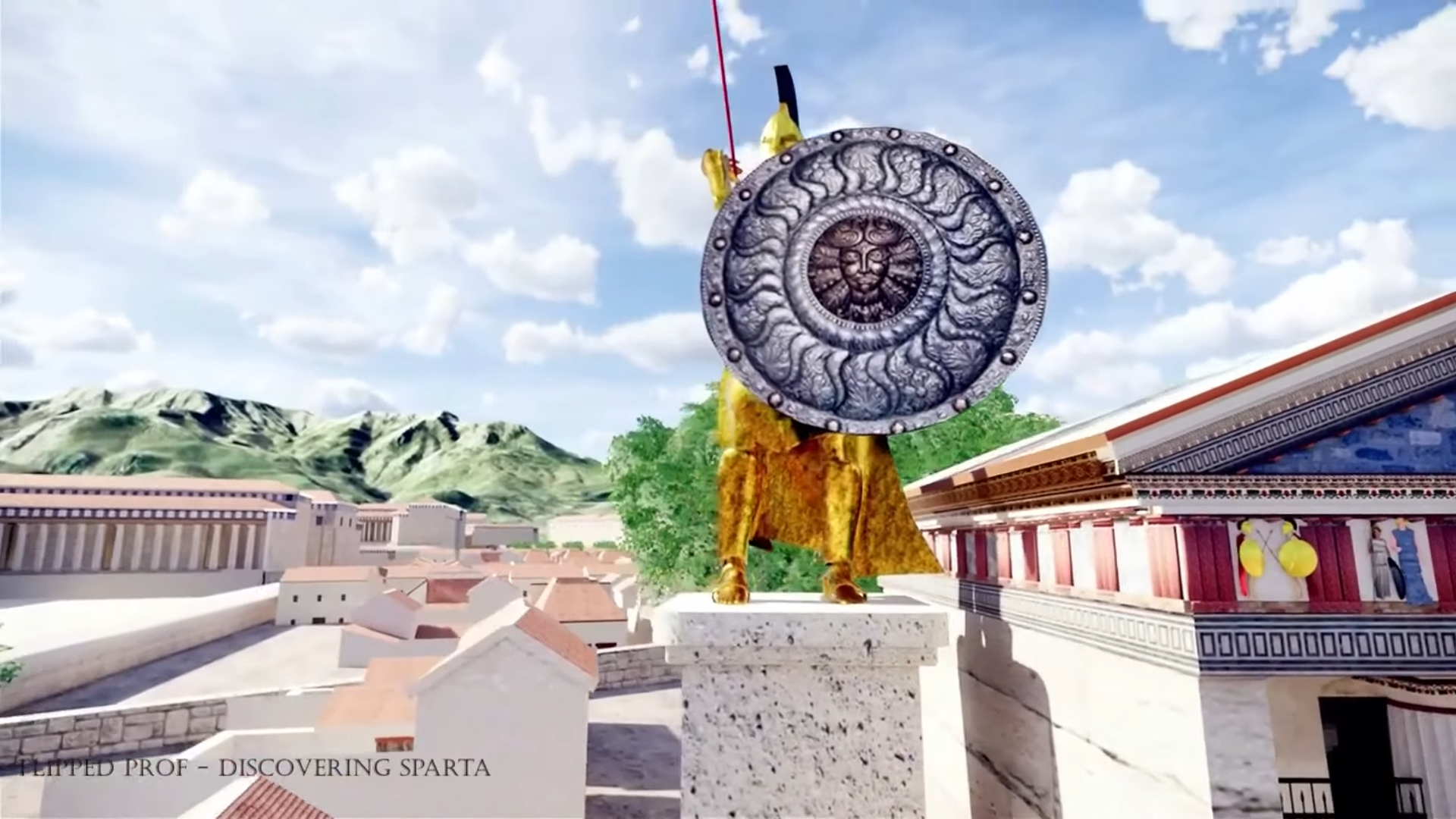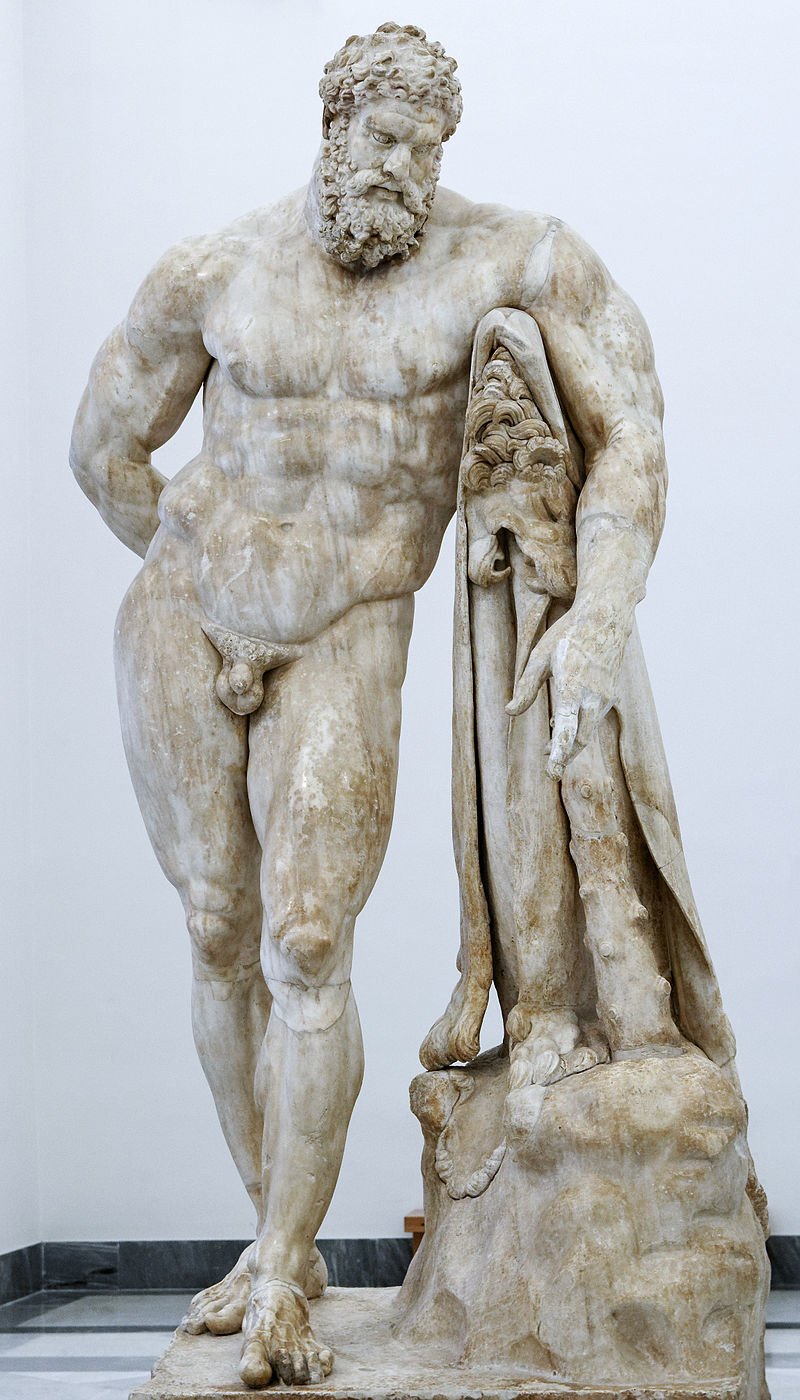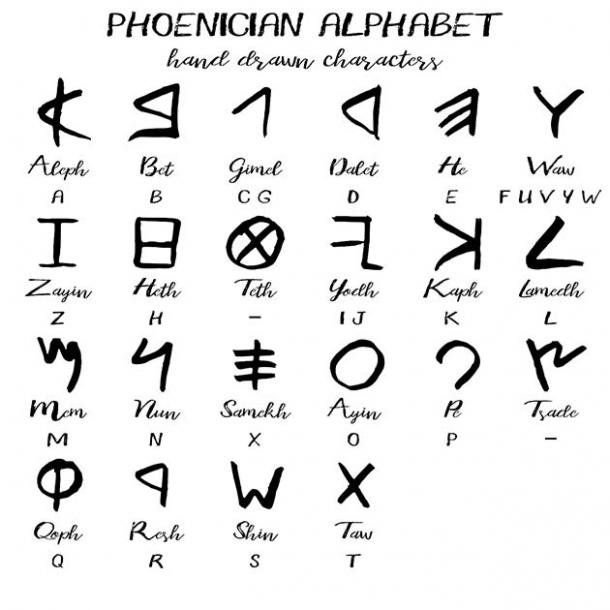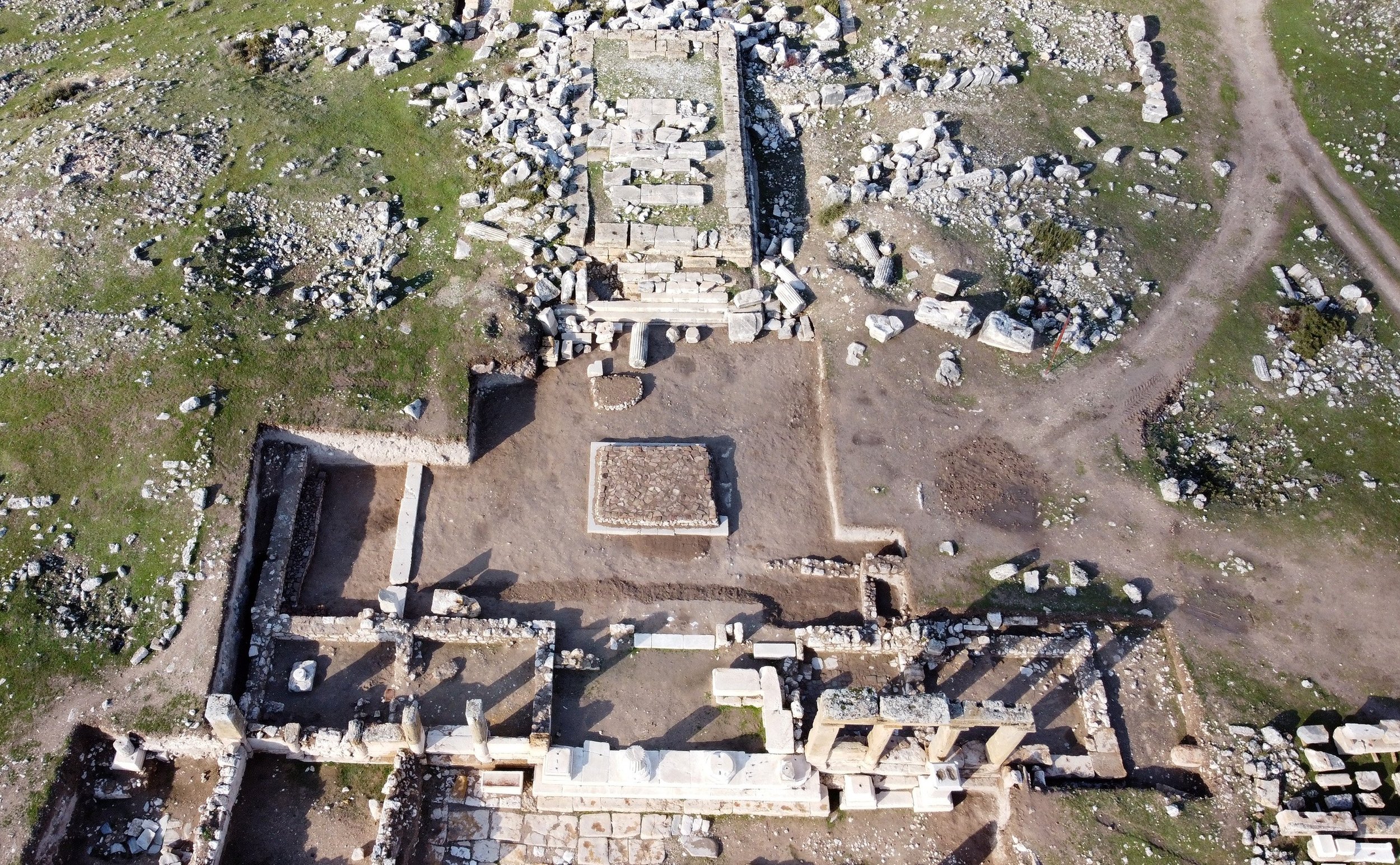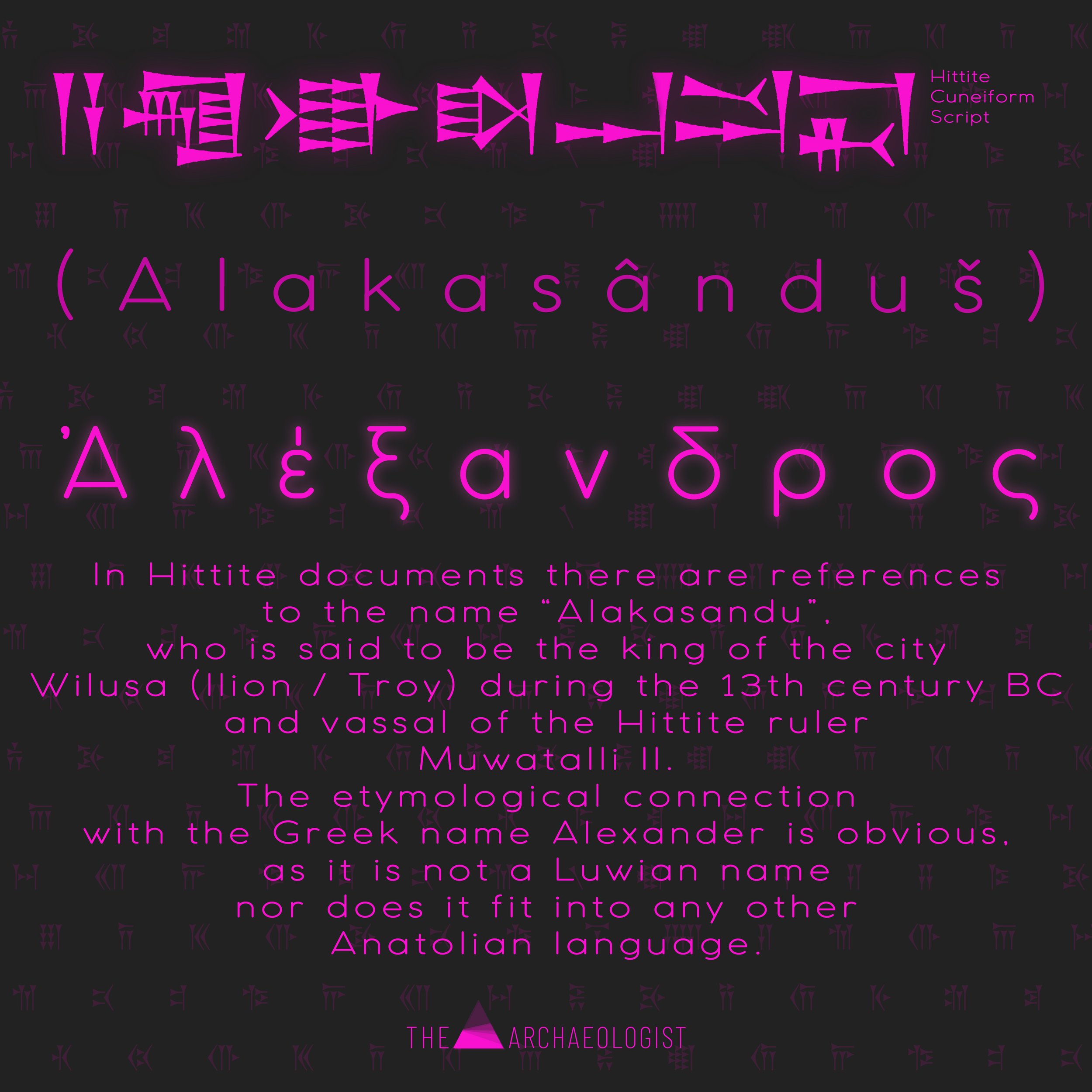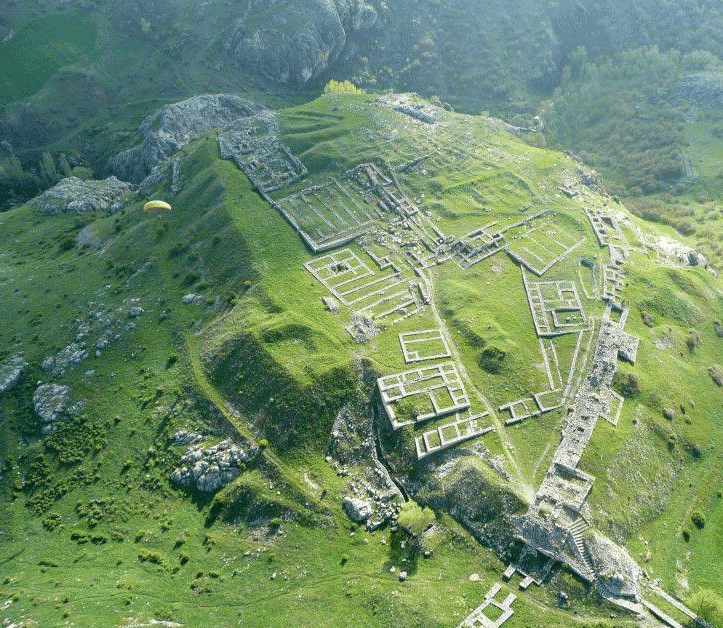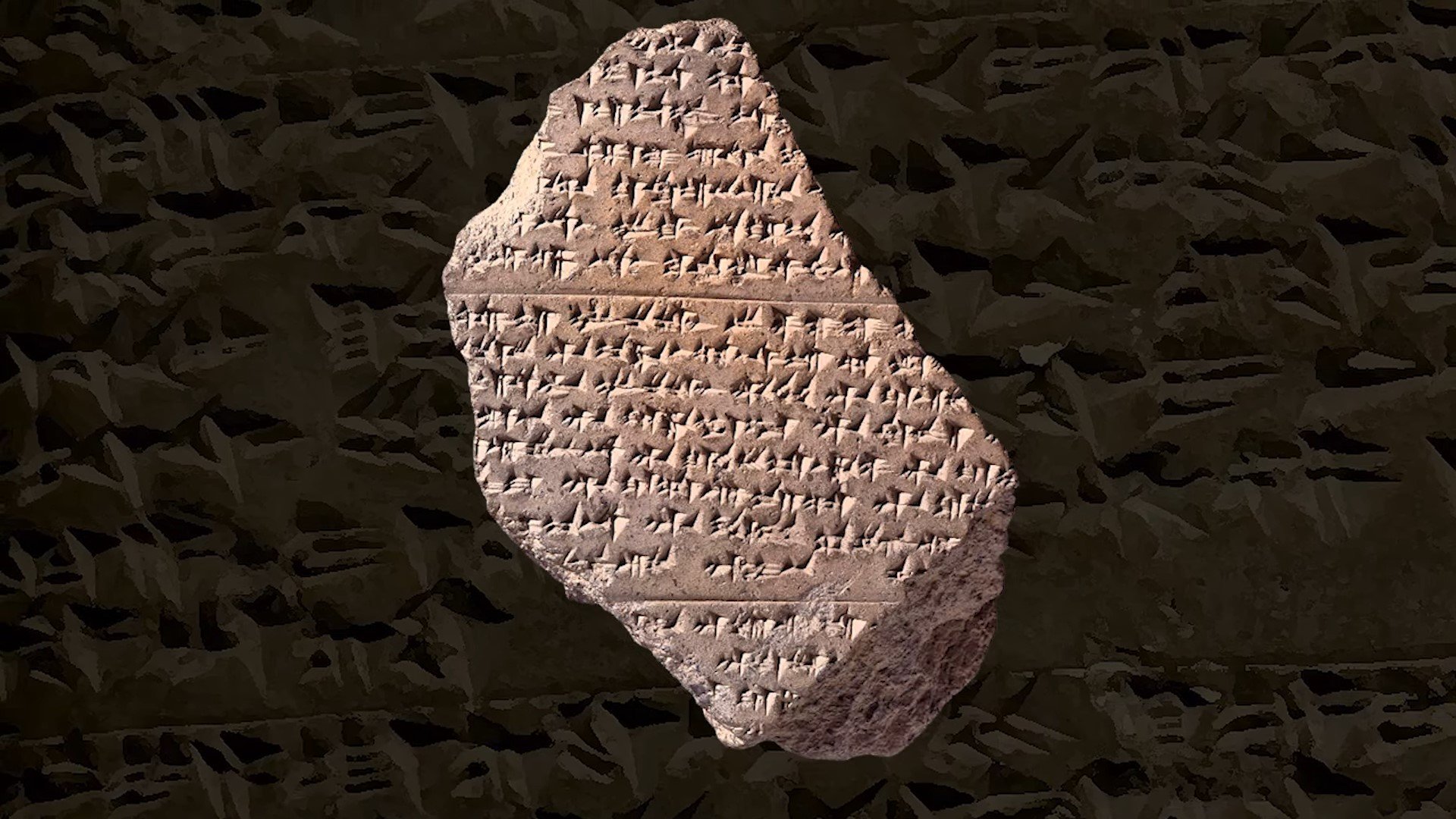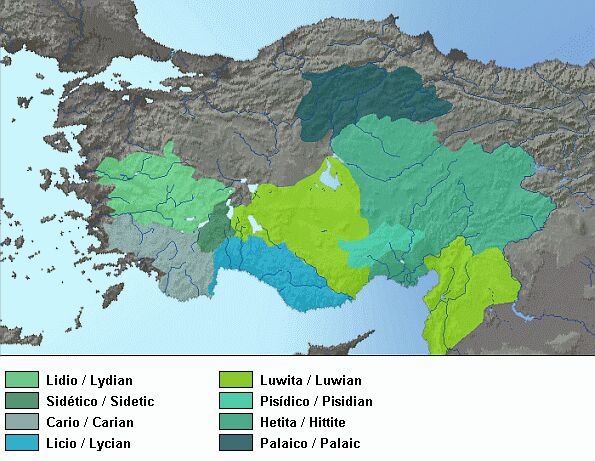The second key figure in the history of Antikythera research was British physicist turned historian of science Derek J. de Solla Price. In 1974, after 20 years of research, he published an important paper, “Gears from the Greeks.” It referred to remarkable quotations by Roman lawyer, orator and politician Cicero (106–43 B.C.E.). One of these described a machine made by mathematician and inventor Archimedes (circa 287–212 B.C.E.) “on which were delineated the motions of the sun and moon and of those five stars which are called wanderers ... (the five planets) ... Archimedes ... had thought out a way to represent accurately by a single device for turning the globe those various and divergent movements with their different rates of speed.” This machine sounds just like the Antikythera mechanism. The passage suggests that Archimedes, although he lived before we believe the device was built, might have founded the tradition that led to the Antikythera mechanism. It may well be that the Antikythera mechanism was based on a design by Archimedes.
FIENDISHLY COMPLEX
For decades researchers were stuck trying to decipher the workings of the device by looking at the surface of its disintegrating fragments. In the early 1970s they finally got to peek inside. Price worked with Greek radiologist Charalambos Karakalos to obtain x-ray scans of the fragments. To their astonishment, the researchers found 30 distinct gears: 27 in the largest fragment and one each in three others. Karakalos, with his wife, Emily, was able to estimate the tooth counts of the gearwheels for the first time, a critical step in understanding what the mechanism calculated. The machine was looking more complicated than anyone had conceived.
The x-ray scans were two-dimensional, meaning that the structure of the gearing appeared flattened, and they revealed only partial pictures of most of the gears. Scientists could only infer the number of teeth on many of the gears. Despite these shortcomings, Price identified a gear train—a set of linked gears—that calculated the average position of the moon on any specific date by using its period relation of 254 sidereal rotations in 19 years. Driven by a prominent feature on the front of the mechanism called the main drive wheel, this gear train starts with a 38-tooth gear (two times 19, as a gear with just 19 teeth would be a bit too small). This 38-tooth gear drives (via some other gears) a 127-tooth gear (half of 254; the full number would require too large a gear).
It seems that the device could be used to predict the positions of the sun, moon and planets on any specific day in the past or future. The maker of the machine would have had to calibrate it with the known positions of these bodies. A user could then simply turn a crank to the desired time frame to see astronomical predictions. The mechanism displayed positions, for instance, on a “zodiac dial” on the front of the mechanism, where the ecliptic was divided into a dozen 30-degree sections representing the constellations of the zodiac. Based on the x-ray data, Price developed a complete model of all the gearing on the device.
Price’s model was my introduction to the Antikythera mechanism. My first paper, in fact, “Challenging the Classic Research,” was a comprehensive demolition of most of Price’s proposed gearing structure for the machine. Nevertheless, Price correctly determined the relative positions of the major fragments and defined the overall architecture of the machine, with date and zodiac dials at the front and two large dial systems at the back. Price’s achievements were a significant step in decoding the Antikythera mystery.
A third key figure in the history of Antikythera research is Michael Wright, a former curator of mechanical engineering at London’s Science Museum. In collaboration with Australian professor of computer science Alan G. Bromley, Wright carried out a second x-ray study of the mechanism in 1990 using an early 3-D x-ray technique called linear tomography. Bromley died before this work bore fruit, but Wright was persistent, making important advances, for example, in identifying the crucial tooth counts of the gears and in understanding the upper dial on the back of the device.
In 2000 I proposed the third x-ray study, which was carried out in 2005 by a team of academics from England and Greece in collaboration with the National Archaeological Museum in Athens. X-Tek Systems (now owned by Nikon) developed a prototype x-ray machine to take high-resolution 3-D x-ray images using microfocus x-ray computed tomography (x-ray CT). Hewlett-Packard used a brilliant digital imaging technique called polynomial texture mapping for enhancing surface details.
The new data surprised us. The first major breakthrough was my discovery that the mechanism predicted eclipses in addition to the motions of the astronomical bodies. This finding was connected to the inscription Rehm had found that mentioned the 223-month saros eclipse cycle. The new x-rays revealed a large, 223-tooth gear at the rear of the mechanism that turns a pointer around a dial that spirals out, making four turns in total that are divided into 223 sections, for 223 months. Named after the customary name of the Babylonian eclipse cycle, the saros dial predicts which months will feature eclipses, along with characteristics of each eclipse as described by inscriptions in the mechanism. The finding revealed an impressive new feature of the device, but it left a massive problem: a group of four gears lying within the circumference of the large gear that appeared to have no function.
It took months to understand these gears. When I did, the results were astonishing. These gears turned out to calculate the variable motion of the moon in a very beautiful way. In modern terms, the moon has variable motion because it has an elliptical orbit: when it is farther from Earth, it moves more slowly against the stars; when it is closer, it moves more quickly. The moon’s orbit, however, is not fixed in space: the whole orbit rotates in a period of just under nine years. The ancient Greeks did not know about elliptical orbits, but they explained the moon’s subtle motion by combining two circular motions in what is called an epicyclic theory.
I figured out how the mechanism calculated the epicyclic theory by building on a remarkable observation by Wright. He had studied two of the four mysterious gears at the back of the mechanism. He saw that one of them has a pin on its face that engages with a slot on the other gear. It might seem to be a useless arrangement because the gears will surely just turn together at the same rate. But Wright noticed that the gears turn on different axes separated by just over a millimeter, meaning that the system generates variable motion. All these details appear in the x-ray CT scan. The axes of the gears are not fixed—they are mounted epicyclically on the large 223-tooth gear.
Wright discarded the idea that these gears calculated the moon’s variable motion because in his model, the 223-tooth gear turned much too fast for it to make sense. But in my model, the 223-tooth gear rotates very slowly to turn the pointer for the saros dial. Calculating the epicyclic theory of the moon with epicyclic pin-and-slot gears in this subtle and indirect way was an extraordinary conception by the ancient Greeks. This ingenuity reinforces the idea that the machine was designed by Archimedes. This research on the back dials and gearing completed our understanding of the back of the mechanism, reconciling all the evidence to date. My colleagues and I published our findings in 2006 in Nature. The other side of the device, however, was still very much a mystery.











































